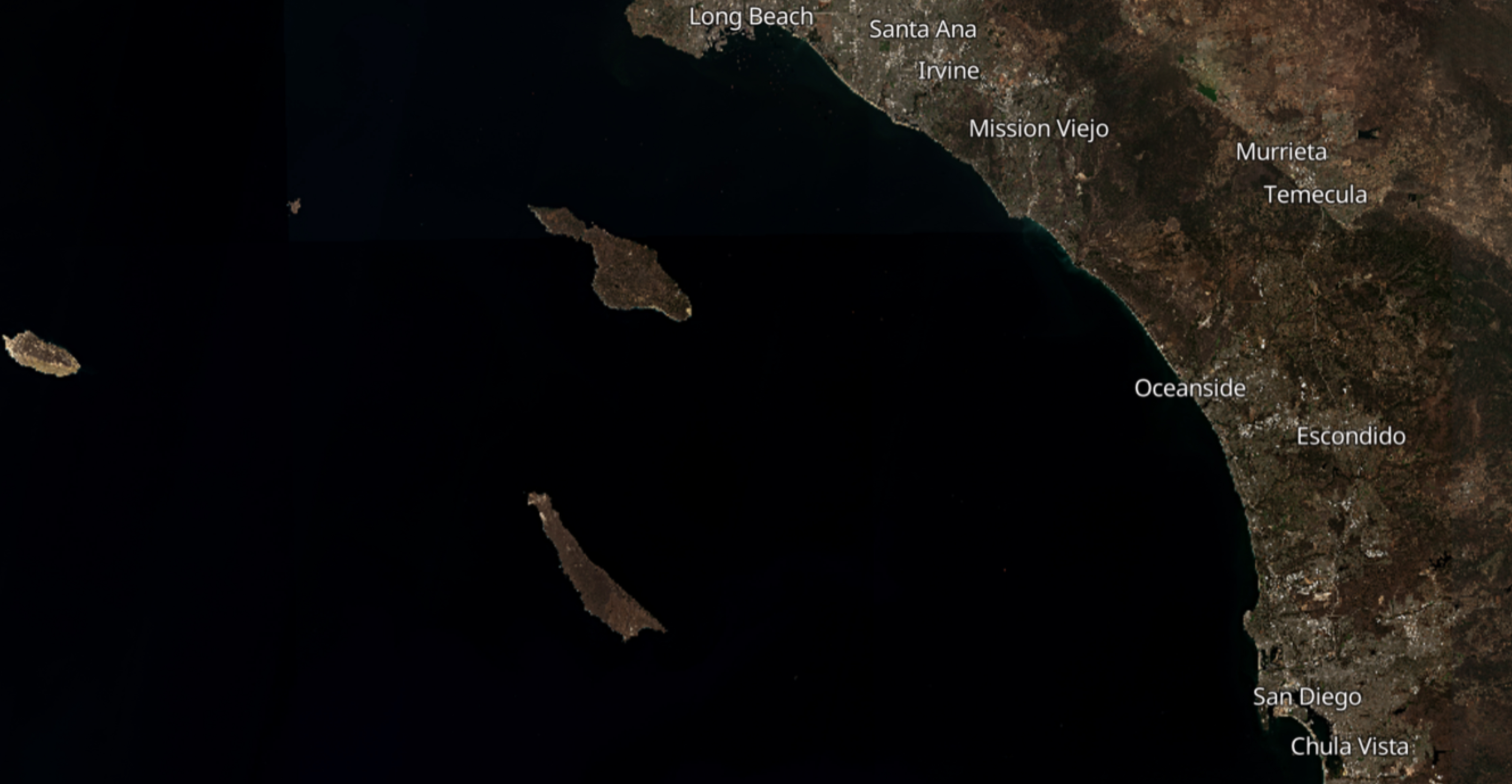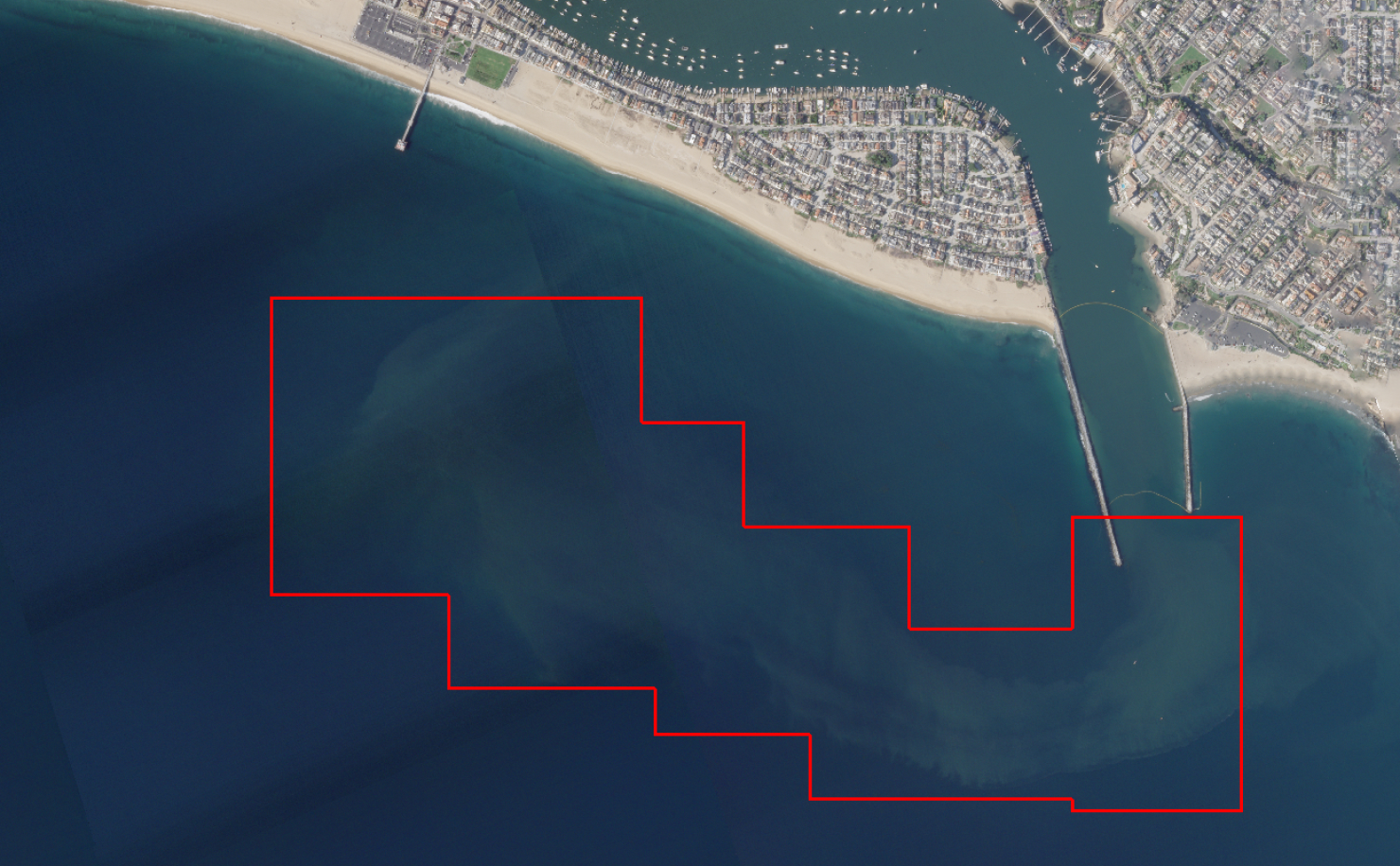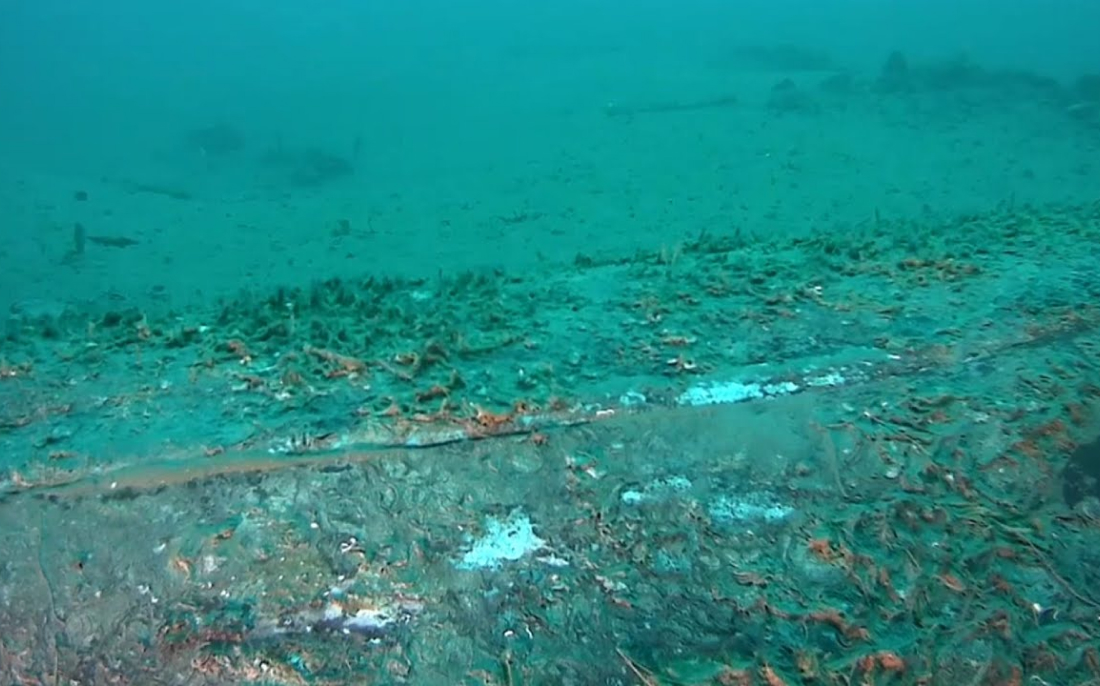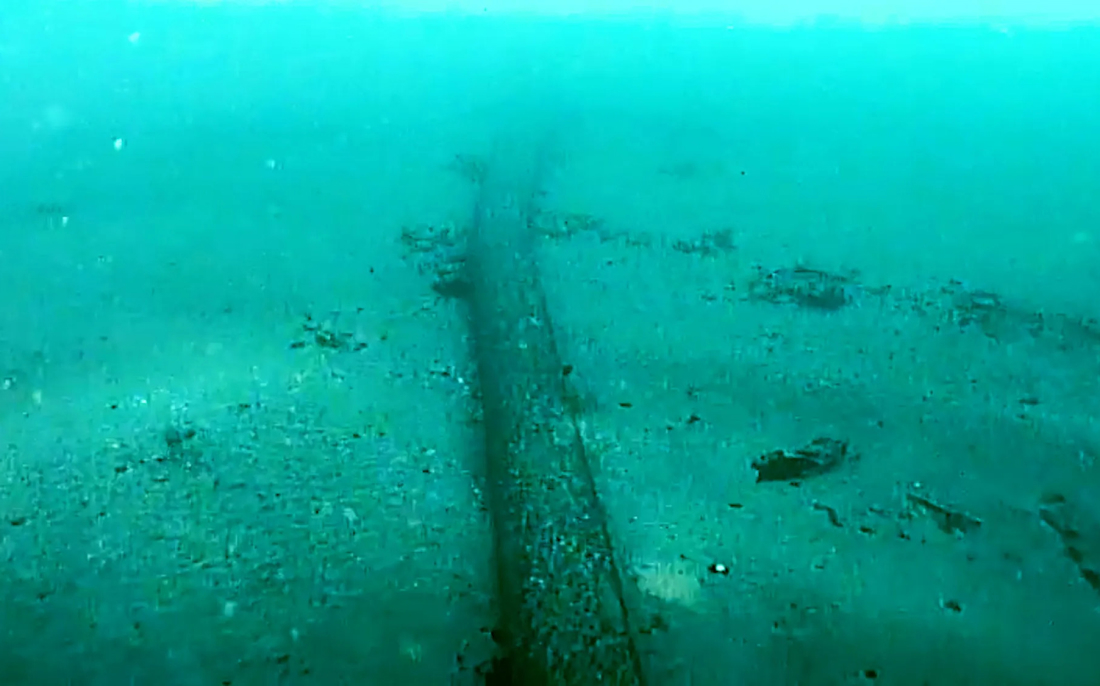SUMMARY
On October 1st, 2021 Skytek’s REACT system tracked 84 cargo ships in the Los Angeles port area, with 51 tightly packed at anchor in San Pedro Bay.
On the evening of October 2nd, 2021 Beta Offshore reported a crude oil release near its pipeline, initially estimated to be more than 144,000 gallons. Beta Offshore, a subsidiary of Amplify Energy, operates 3 platforms installed in 1981 in the federal waters of San Pedro Bay, connected to Beta Pump Station in Long Beach via a 17.7 miles long pipeline.
The timeline of events are as follows:
- On October 2nd 2021, at 0230 local times, Amplify Energy noted a low pumping pressure in the pipeline, potentially indicating an oil leak.
- At 0601 It stopped pumping.
- At approximately 0910, Amplify Energy reported a crude oil release near its pipeline to the National Response Center.
Following the company’s oil response plan, the pipeline was emptied, and the operator, Beta Offshore, informed and cooperated with the government and environmental agencies.
Reports of oil pollution were received from Huntington Beach up to Dana Beach in San Diego until October 9th.
On October 9th Earth Observation images show a slight indication of potential oil pollution near Oceanside.
On October 14th, the United States Coast Guard (USCG) revised the estimated crude oil spill to 25,000 gallons, about 6 times less than the initial estimates. Approximately, 5,500 gallons have already been collected from the water and clean-up workers are collecting the washed-up oil from the shoreline.
It is expected that up to 20% of the pollution will dissipate through “natural attenuation” under the combined effect of evaporation and buffeting by winds and waves.
Skytek analysis of a satellite image on October 15th of San Pedro Bay indicates that the pollution may have dissipated completely by this date.

Although the oil pollution could have been much larger, it is, nonetheless, the biggest environmental disaster for California since 2015. Scientists are working to evaluate the long-term consequences.
Skytek’s REACT maps 23 oil rigs in the western US waters, connecting with more than 10 pipelines, all about 40 years old. The Amplify Energy damaged pipeline was installed in 1980 and its last inspection was noted in October 2020, with no record of required repairs or replacement.
To establish the cause of the pollution an underwater inspection by ROV (Remote Operated Vehicle) was carried out and, on October 5th, the CEO of Amplify Energy stated that 4,000 feet of the pipeline was found displaced by about 105 feet from its original location and out of its concrete sheath.
USCG released initial images of the displaced pipeline indicating a 13 inch hairline crack which indicates the most probable source of the oil leak.
The marine growth on the pipeline suggests that the displacing incident may have happened several months previously, but after the October 2020 pipeline inspection.
Subsequent to being displaced, the narrow crack in the pipeline may have started leaking oil due to the effects of the seawater corrosion, material fatigue and pumping pressure.
USCG officials stated that the displacement of about 4,000 feet of pipeline for about 105 feet may be associated with a ship’s anchor that hooked and dragged the pipeline on the seabed. They have already begun to investigate ships that have been in the anchorage at the time of the oil leak and earlier in the year.
One of the vessels boarded was the 4,890TEU containership Rotterdam Express, IMO: 9193317, but after a short investigation, the vessel was cleared. Skytek maps the swing at anchor clear of the pipeline and without any sign of dragging over the pipeline.
On January 25th, 2021, Skytek’s REACT maps 42 blue water ships at anchor in San Pedro Bay. The weather was stormy with North-Westerly winds of 28 to 32 knots (force 7 to 8 Beaufort).
One of the vessels anchored close to the pipeline at SF-3, was the Panama flag 14,036 TEU containership MSC Danit, IMO: 9404649, built-in 2009 owned by Dordellas Finance Corp., managed and operated by MSC Mediterranean Shipping Co, classed with DNV and entered with the UK P&I club.
Skytek plotted the anchor swing of the vessel for January 25th and, for about 2 hours, the records indicate that the vessel dragged its anchor and moved over the pipeline, following which it heaved anchor and drifted until called to the jetty on January 27th for cargo operations.
USCG has declared on Saturday the owner and operator of MSC Danit are parties of interest in the investigation into the oil spill, although the precise cause of the damage to the pipeline and the date on which it started leaking remains the subject of investigation.












